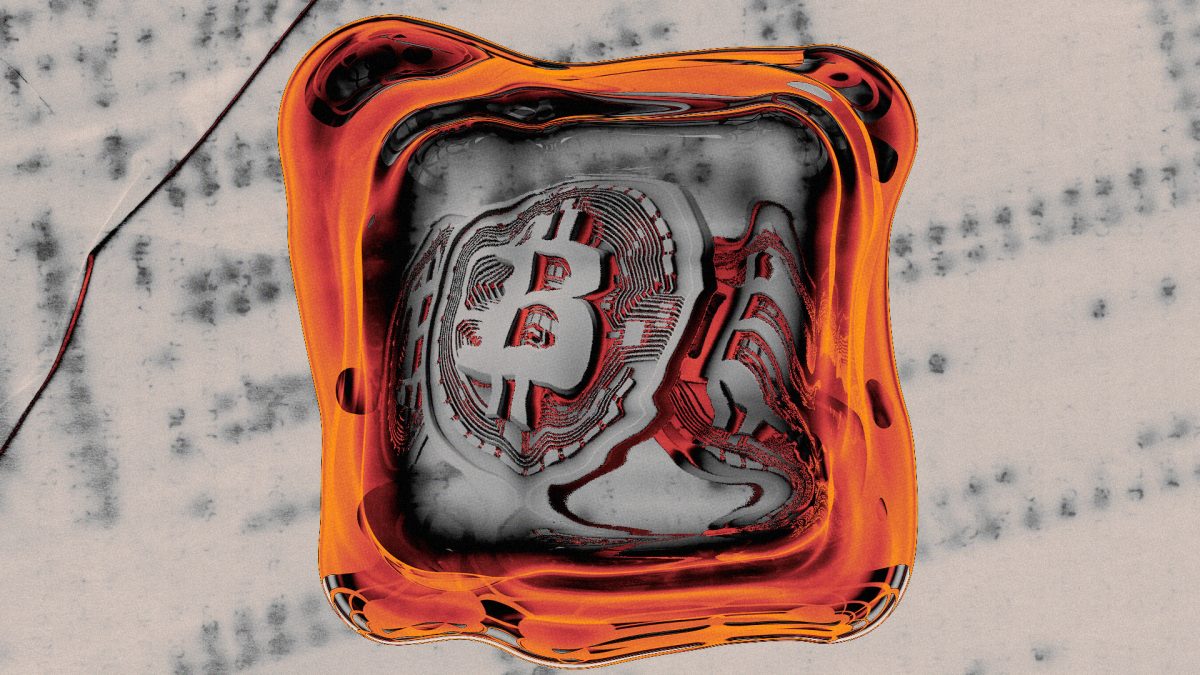Understanding the SHA-256 Algorithm: Find the Best Mineable Coins!

What is SHA-256?
SHA-256 (Secure Hash Algorithm) is the most widely used hashing algorithm in cryptographic security. The algorithm processes the input data through refined mathematical functions to produce a unique output hash of fixed size of 256 bits. The output hash describes the original data and is therefore used as a digital signature.
The U.S. National Security Agency (NSA) introduced SHA-256 in 2001 as a successor to SHA-1, which was vulnerable to attacks. SHA-256 is highly secure as it produces a fixed string regardless of the input data. For example, SHA-256 produces hashes that are 256 bits long, making it computationally difficult for anyone to retrieve the original input from the hash value while keeping data integrity intact.
How does SHA-256 work?
SHA-256, a secure hashing algorithm, processes input data by passing it through a series of mathematical operations. The input can be a four-digit password or several pages of a book. The SHA-256 algorithm produces identical 256-bit hash values.
Even a small change to the input, such as a single character, will result in a completely different output. Therefore, the security of the algorithm is very high, as it is very difficult for an attacker to reverse engineer the hash and find the original data.
What are the characteristics of the SHA-256 algorithm?
Let’s take a look at the salient features of the SHA-256 algorithm.
The main characteristic of the SHA-256 algorithm is the uniqueness of the output. Simply put, the algorithm produces an output hash value that is 256 bits long, regardless of the input size. So, for a single character input or multiple pages of input, the output hash value will be 256 bits long.
All hash values generated by the SHA-256 algorithm are irreversible. All inputs, regardless of size, produce the same output with a fixed length of 256 bits. Additionally, there is no limit to the input size. Therefore, it is computationally impossible for hackers to reverse engineer the original data. As a result, it ensures that the original data is always safe, even if the hash value is publicly available.
The SHA-256 algorithm produces identical hash values for specific inputs. This ensures consistency in the hashing process, allowing users to verify data across remote systems.
Steps involved in SHA-256 algorithm
Once you have input data, the SHA-256 algorithm processes it through a series of mathematical calculations called rounds. This process includes several steps: data preprocessing, message expansion, and message compression. Let’s take a closer look at those steps.
1. Data preprocessing
The entered input data will be filled in. This means adding a few extra bits to the original message. Bits are added such that the first bit is 1, the remaining bits are 0, and so on. The padded data length is guaranteed to be a multiple of 512.
2. Message expansion
The 512-bit input is first divided into 16 32-bit words. It is then expanded through a series of mathematical operations into 64 32-bit words.
3. Message compression
The expanded 64-word message is processed through a series of 64 rounds involving the following steps:
-
Identifying round constants
Each round consists of a unique 32-bit constant value generated based on its position in the sequence.
-
Determine message schedule
A 64-item message schedule is generated based on a 64-word message and a round constant.
-
Update task variables
The eight 32-bit words are working variables that store intermediate values during the hashing process. These task variables are updated based on message schedules and a series of mathematical operations.
Once all 64 rounds are complete, the final values of the task variables are combined to produce a 256-bit hash value. The final output of the SHA-256 algorithm is always a 256-bit hash value that serves as a digital signature of the input data.
SHA-256 use cases
The SHA-256 algorithm is widely used in a variety of applications, including data security, blockchain, and digital signatures. Let’s take a closer look.
1. Digital signature
Digital or electronic signatures are the most common application of the SHA-256 algorithm, used to verify the authenticity of messages such as credit card transactions, digital documents, etc.
The SHA-256 algorithm creates a hash value of the original content, creating a unique digital signature. This ensures that the integrity of your message is always protected. Signers can encrypt the hash value using their private key.
2. Password hashing
Password hashing is another popular use case for the SHA-256 algorithm. Organizations and institutions are reluctant to store passwords for fear of unethical behavior. So they derive the hash value. Therefore, each time a user enters a password, the algorithm derives a new hash value and checks whether it matches the original content stored in the database.
3. Blockchain technology
The SHA-256 algorithm is an irreplaceable hash function in blockchain applications. As we all know, Bitcoin, the most popular cryptocurrency that follows the Proof-of-Work (PoW) mechanism, follows the SHA-256 algorithm to verify transactions, mine new blocks, and protect the network from attacks.
The SHA-256 algorithm ensures the integrity of data stored in blocks because each block contains a unique, immutable digital fingerprint. Additionally, each block is linked to the previous block using a hash value. This is why it is called blockchain. The SHA-256 algorithm makes the blockchain ledger transparent so that any user can verify it at any time.
Additionally, SHA-256 protects the blockchain from attacks and makes it secure. For example, a miner must add a string of random numbers called a nonce to the content of the previous block and process it through the SHA-256 algorithm. Therefore, no one can guess the correct string of numbers to retrieve the content. Guessing the correct hash value requires significant computational energy, but this is infeasible, making the network secure.
4. SSL handshake
The Secure Socket Layer (SSL) handshake is critical to web browsing sessions because it establishes a secure connection between a web browser and a server. The SSL handshake uses the SHA-256 algorithm to create a secure connection between the browser and the server.
For example, communication between a server and a browser always begins with an SSL handshake. This is asymmetric encryption that allows the browser to verify the web server, obtain its public key, and establish a secure connection before transmitting data.
5. File integrity
SHA-256 verifies the data integrity of all files on the Internet, including documents, videos, and software executables, during downloads and transfers. For example, when a file is uploaded to a website, an algorithm generates a hash value for that file. So when someone downloads a file, the hash value is recalculated to maintain data integrity. A file is verified only if both hash values match.
Top mineable coins based on SHA-256
Many major cryptocurrencies, including Bitcoin, follow the SHA-256 algorithm. Here is a list of the best mineable coins that follow the SHA-256 hash algorithm.





